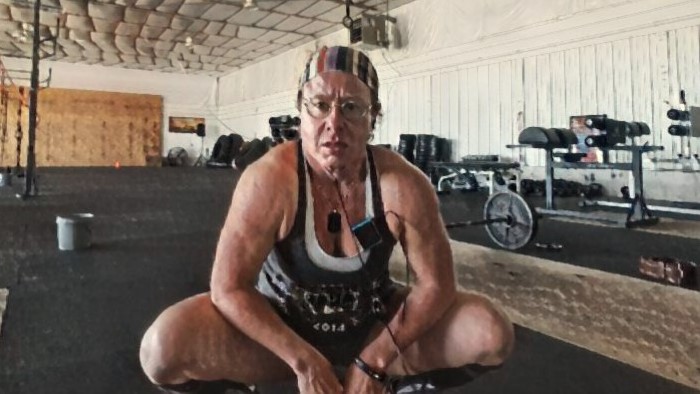
"The bulkier, the better" for everything.
Not really. It's certainly good, and, for a long time, the intuitive association between greater muscle mass and better lifting performance has been scientifically documented.
However, maximal strength, power output, rate of force development, coordination, rate coding, proprioception, and kinesthetic awareness are all functional properties that have either non-linear or no relation to muscle mass. In other words, it is not guaranteed that an increase in primary motor muscles' cross-sectional area will cause a proportional increase in performance because performance depends on functional properties. Morphologic properties are indirectly associated with them.
One important measure of function is limb stability and alignment: weakness is assumed to be associated with poor stability and alignment and resulting injuries. Single-leg squats or RDLs are at the same time diagnostic tools and correcting exercises. Limb stability and alignment on single-leg exercises depend on core muscles.
However, recent studies have shown that it is not the core muscles' morphology that determines better stability and alignment. It is something else. It is a functional property with no linear relation with muscularity.
Most athletes who had serious injuries and surgery in one leg, or different injuries and surgeries on both legs, lose "something". Some recover function almost to pre-surgery levels. Others don't. I am one of those who didn't. I broke an all-time squat record and at the same time felt (and feel to this day) insecure while climbing down stairs. I need to hold on to the railing. I need to practice single-leg squats and RDLs almost every day. One week without doing it makes my left leg go stupid again. It squats and deadlifts alright and at this point, it has accumulated as many injuries as the right leg. But it's a stupid leg. Some functional aspect, certainly coordination but not only that, has been compromised forever. More muscle will not fix that.









2 Comments